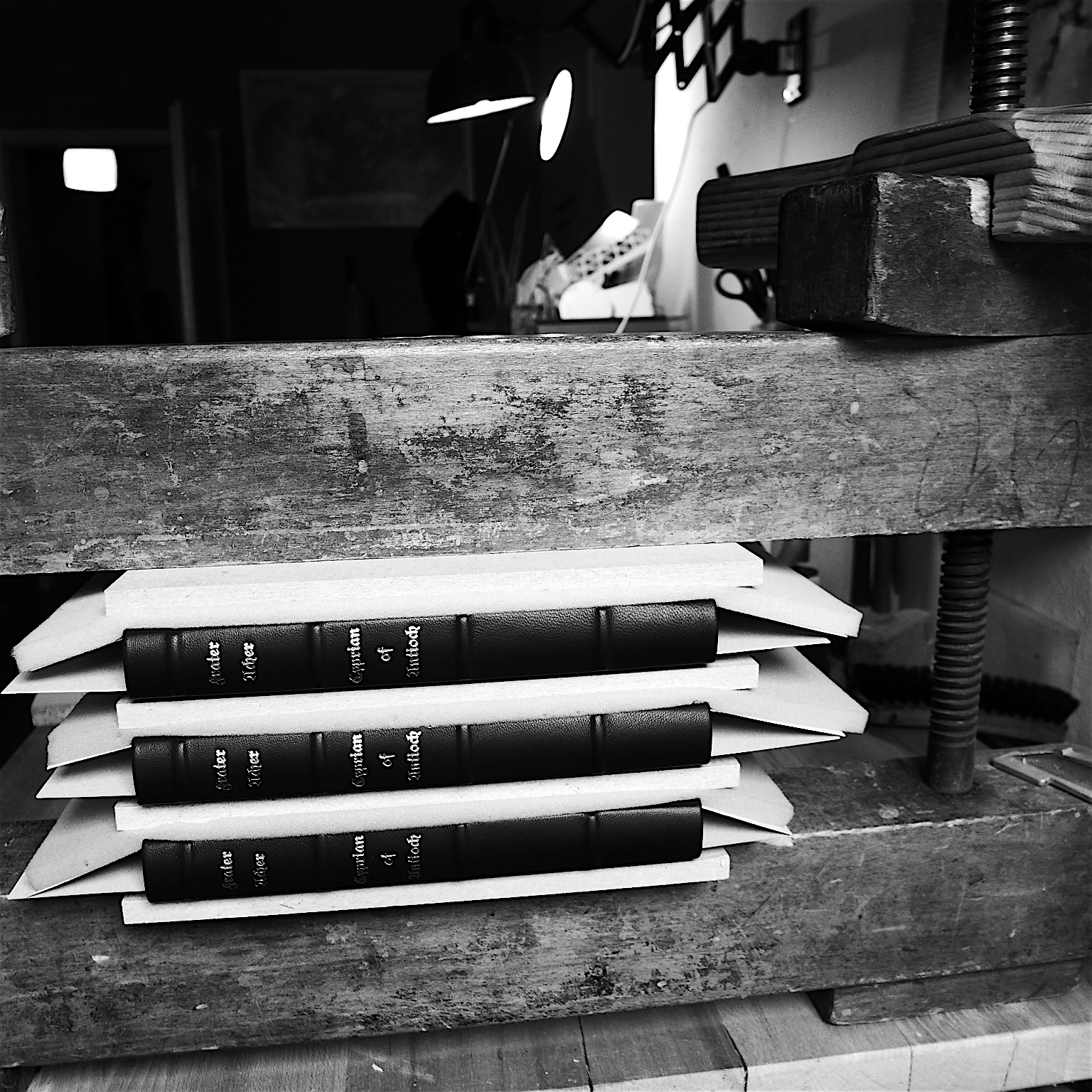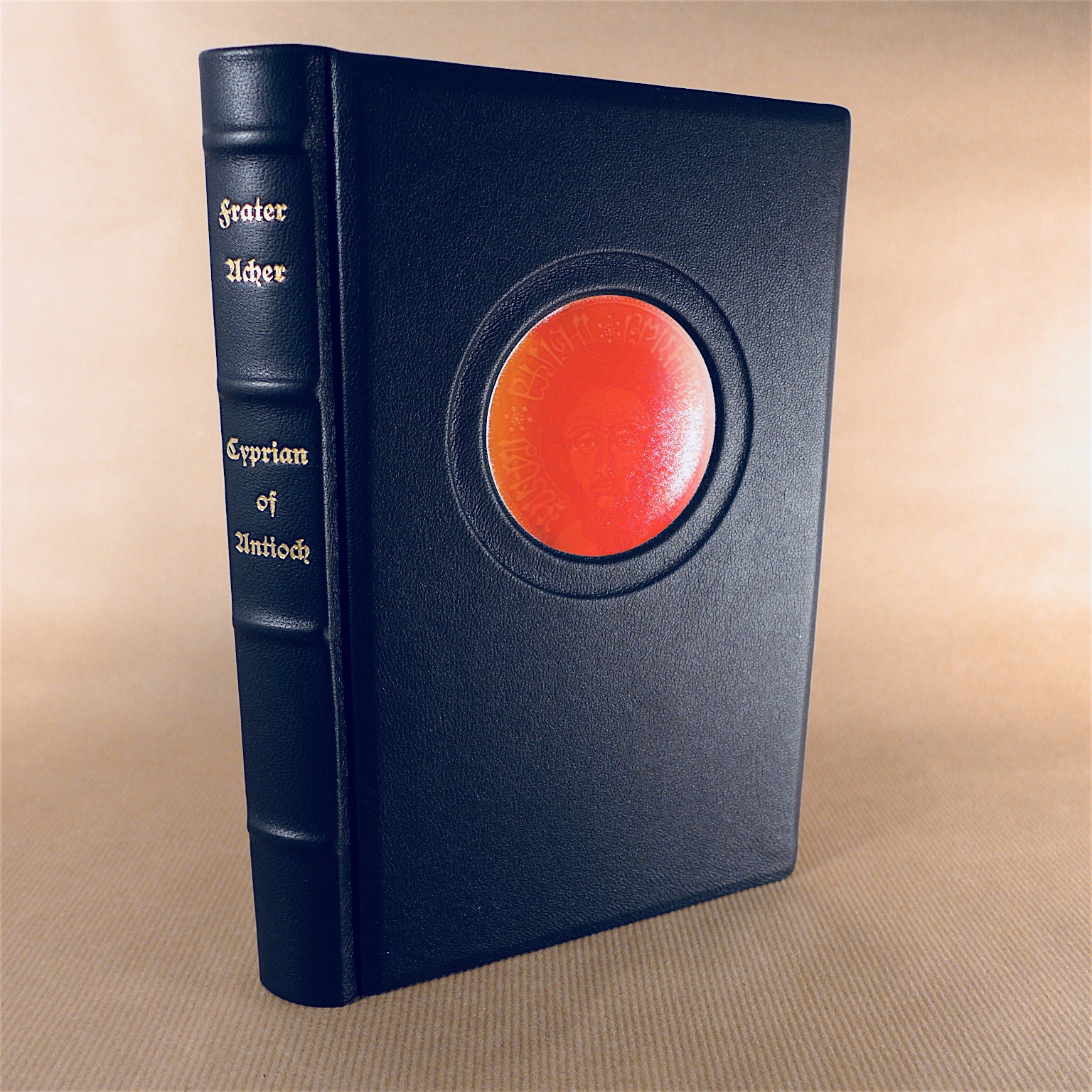The Deluxe Edition | Cyprian of Antioch: A Mage of Many Faces
Introduction
It's a matter of striking synchronicity that one of the earliest known records of the veneration of Christian images as icons stems from the same time as our magical Saint Cyprian of Antioch. The 4th century Christian Aelius Lampridius mentions it in his work on the emperor Alexander Severus:
'First of all, if it were permissible, that is to say, if he had not lain with his wife, in the early morning hours he would worship in the sanctuary of his Lares, in which he kept statues of the deified emperors — of whom, however, only the best had been selected — and also of certain holy souls, among them Apollonius and, according to a contemporary writer, Christ, Abraham, Orpheus, and others of this same character and, besides, the portraits of his ancestors.' (Historia Augusta, The Life of Severus Alexander, XXIX)
The adoration of such magical statues, and painted portraits was an accusation made by early Christians against Pagans as we know from an even earlier source. In the second century BC Saint Irenaeus tells us the following:
'They also possess images, some of them painted, and others formed from different kinds of material; while they maintain that a likeness of Christ was made by Pilate at that time when Jesus lived among them. They crown these images, and set them up along with the images of the philosophers of the world that is to say, with the images of Pythagoras, and Plato, and Aristotle, and the rest. They have also other modes of honouring these images, after the same manner of the Gentiles [pagans].' (Saint Irenaeus, Against Heresies, 1:26,6)
Just like the figure of St. Cyprian of Antioch himself, so the practice of adoration of painted icons is deeply rooted in magical practice. The early Church found itself in an iconoclastic controversy over this very topic which lasted for centuries: Was the spiritual use of painted images too much alike to the ancient pagan practice of enlivening magical statues? Could the inclusion of images of saints and even Christ himself in churches and shrines turn into a distraction from the one true god? And if such practice was allowed, what would be practice and preconditions for sanctifying such spiritual artefacts?
Met Museum | Book Cover with Byzantine Icon of the Crucifixion, 1058 CE
Ultimately this controversy led to a wide-spread destruction of early Christian icons, which was further aided by the raids of the crusaders as well as the war with the Tartars in the East. Today, with a few rare exceptions our earliest known Christian icons date back to the 13th century Byzantinum.
At this point we also discover the emergence of the powerful triad of spirit - icon - book. In a period where manuscripts were not only rare and precious objects, but regarded as spiritual artefacts in themselves, it seemed obvious to combine them with the artefact of the spiritual image - in order to create the perfect magical object.
The book cover presented here stems from the 11th century Constantinople and is a wonderful example of this ancient Christian practice. Just like Saint Irenaeus observed in the 2nd century already - all kinds of precious materials were worked into these rare objects of veneration, centered around the either carved or painted image of Christ or one of his many saints.
The Cyprian of Antioch
Deluxe Edition
Such is the historic backdrop in which we are delighted to present the Deluxe Edition of 'Cyprian of Antioch: A Mage of Many Faces'.
This unique, custom order Deluxe Edition comes in
- a full fine Nappa-lamb leather binding,
- made entirely by hand according to traditional bookbinding craft,
- extra thick book covers with a sloping cut around the edges,
- four ornament spine hubs and a gold embossed title,
- a long, blood red tail-band,
- and handmade French black and red marbled front and end papers.
- The book is printed on 310 pages of thick 120 gram-per-square paper in full color, following the same dimension as the Standard Hardcover edition of 8x5 inch x 5.5 inch.
- The stunning highlight of this unique binding, however, is its three-levelled relief frontispiece, featuring an igneous Cyprian of Antioch icon.
The color red in orthodox iconography traditionally is the color of the divine. In the book 'Cyprian of Antioch' we learn a lot about the paradox nature of our magical saint - representing both a body made of flesh as well as one made of flames, a nature that resides on the crossroad between the devil and the divine and a gaze, unflinching, that will open any door, whether it leads us into glory or demise. The icon frontispiece is a unique and true representation of this aspect of Cyprian of Antioch: It turns the book into a window both into our saints' soul as well as into a window from which Cyprian glances back into our own. In the end, whether we see Cyprian looking at us through the red veil of the divine or through igneous fumes - the truth lies in the eye of the beholder.
Each book of the Deluxe Edition is entirely hand bound on order by the wonderful Anna Kabs. Mrs.Kabs is a one-woman-army of amazing bookbinding craft, using entirely traditional techniques and no automated process steps in her work. This Deluxe Edition is a unique collaboration, offered at an oustanding price point and with all of the funds going directly to support Mrs.Kabs unique bookbinding work, and none to the author.
Below you can see photos from the creation process of the first three books - which will go on offer shortly in a special Holiday Bundle (stay tuned). You can order your personal one-of-a-kind copy at Mrs.Kabs Etsy-Shop AnnaBuchwunder, which will be produced in record time and ships worldwide.
Thank you for celebrating with us this
wonderful incarnation of a truly spiritual book.


















